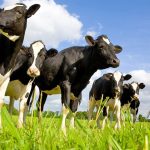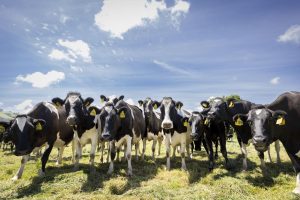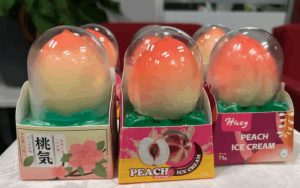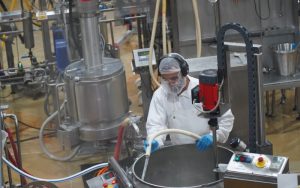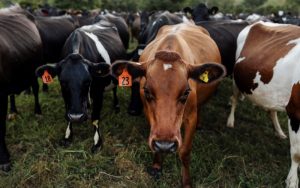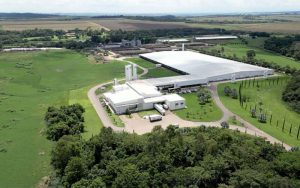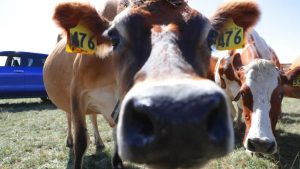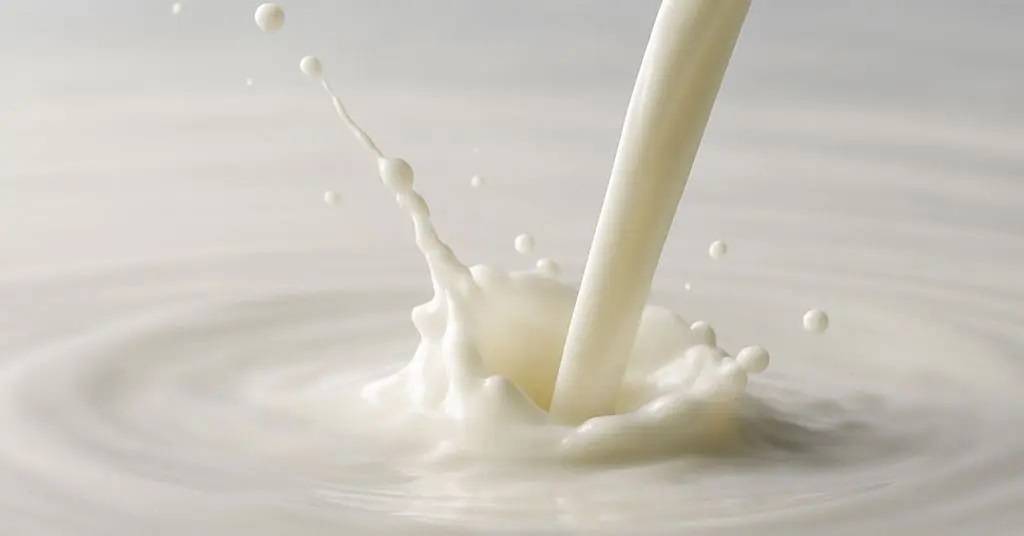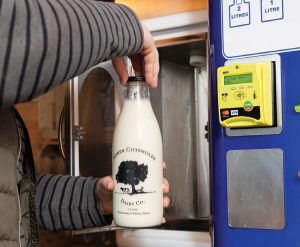
‘Anonymous’ makeup of things like confectionary makes it easy for manufacturers to switch to cheaper non-dairy substitutes.
Some dairy fat and protein ingredients used in foods like confectionary will soon be replicated using non-dairy product, potentially disrupting key New Zealand exports.
Anna Benny, a food technologist at the University of Otago, said many of those products are functional and anonymous and not linked to or promoted by the country of origin.
Benny, who is also a South Otago dairy farmer, told a University of Otago symposium hosted by Ag@Otago that fat and protein are the products most at risk.
Combined, they make up about 7% of milk.
She told the symposium Our Farming Future: what’s possible?, that NZ is especially vulnerable because these are traded as commodities.
Their functionalities can be easily replicated.
They are also exposed because these customers have greenhouse gas emission reduction targets which their suppliers will be expected to contribute to achieve.
Alternative ingredient products do not have the same greenhouse gas footprint as dairy.
“The options they have to replace dairy ingredients are increasing and their incentives to do this are strong,” said Benny.
Just 7% of world dairy is traded across borders, but NZ accounts for 25% of those traded volumes.
She drew a comparison between a steak and a KitKat bar.
The steak has texture, taste and an emotional connection that alternative protein has not been able to replicate.
The contents of a KitKat build no emotional connection but include several dairy-based products that are listed among the ingredients, making them largely anonymous.
Another analogy she gave involved margarine and butter.
At a molecular levels margarine is similar to butter but it is cheaper and has a smaller carbon footprint.
About 55% of NZ’s milksolids are sold as commodities, and much of that is sold through the Global Dairy Trade auction.
Benny said she understands from a financial point of view why Fonterra wants to sell its consumer business and focus on the more profitable ingredients business, but that switch comes with risks from competing products.
FoodHQ chief executive Victoria Hatton also offered an international perspective in her address, saying that if NZ stopped exporting animal protein tomorrow, the world would hardly notice.
NZ primary exporters need to be more innovative, break down silos by collaborating and understand what it means to add value and how to achieve that.
Recently returned from leading a primary sector fact-funding mission to Singapore, Hatton said there are investors looking to invest in food systems, but NZ meat or dairy on its own is not big enough to attract that.
“If we bought all of the NZ primary sector together, it would have the size they seek to invest in.”
Hatton said the term “value add” is routinely touted as an aspiration, but what it means differs between people and sectors.
She said it is an example of the NZ primary sector’s lack of a plan, yet it has an aspirational goal of doubling the value of NZ exports by 2034.
“We have no plan to deliver on that goal, no shared vision.”
It is often forgotten that the food NZ produces is for customers overseas and that should be our focus.
Hatton said there are opportunities to attract investment for NZ food and fibre to innovate, collaborate and to add scale and value to our exports.
That will potentially require some difficult and uncomfortable conversations across and between sectors.
You can now read the most important #news on #eDairyNews #Whatsapp channels!!!
🇺🇸 eDairy News INGLÊS: https://whatsapp.com/channel/0029VaKsjzGDTkJyIN6hcP1K


